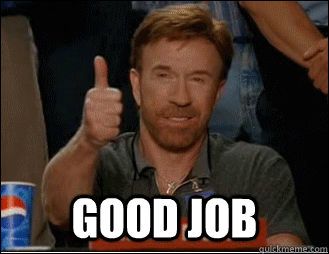Break things to change things
The Shopify news is all over the place: they're removing all recurring meetings with more than 2 people.
Responses I've seen on Twitter are along the lines of
- I'm an adult, I can decide what meetings to be in
- That's awesome, I hate meetings
Both are basically missing the point.
Recurring meetings aren't the enemy. Inertia is the enemy.
Every employee at a growing company has received an email about how recurring meetings with many attendees aren't really very productive; maybe you should consider if you're really necessary, bla-bla-bla. The email is sent, the senior management feels good for 5 minutes, and absolutely nothing changes.
If you want the ship to change directions, if you want to fight inertia: you've got to break something. Breaking something is an event! You get everyone to pay attention to the point you're trying to make. You're getting everyone to focus on the benefits, and getting them all to reconsider and re-organize simultaneously.
It's not a ban on meetings. It's just forcing you to consciously re-create, and re-join, the ones that are actually necessary. It creates cover to not re-join the ones you don't think are necessary.
At Tradeshift, we used to break things to change things all the time. I didn't always like it, but it's one of the things I've come to admire about the product/engineering teams. Kill a product, buy a company, end a partnership, re-org a team: break things to change things. Or people will keep doing what they're doing.
When a natural disaster destroys a city, we don't rebuild a carbon-copy. We rebuild the things we need, and there's space for new things to fill the gaps.
Comfort and inertia are killers. So go break something.
